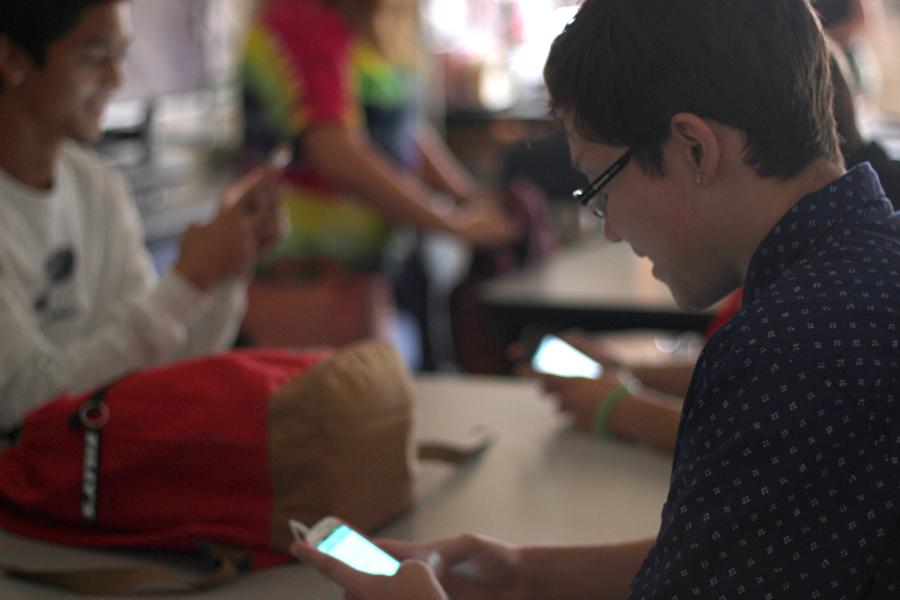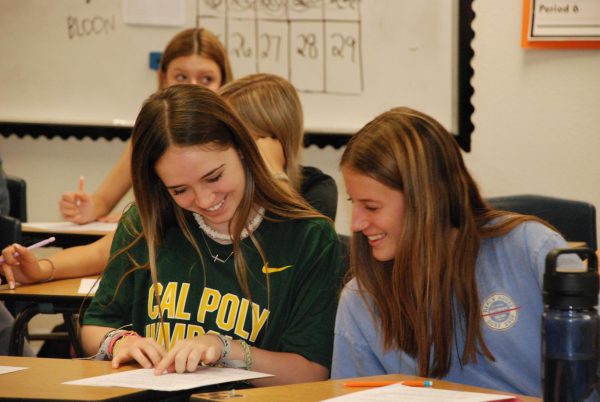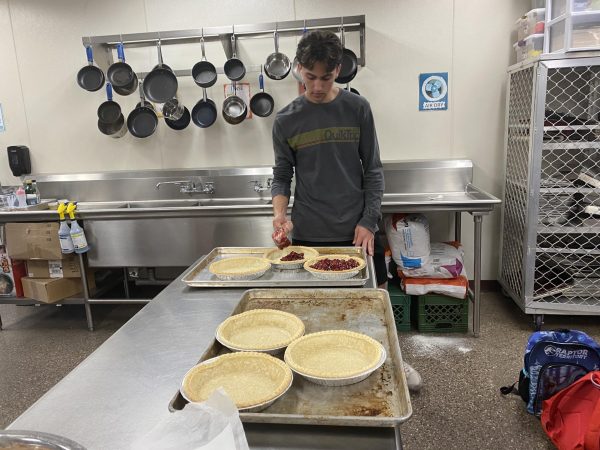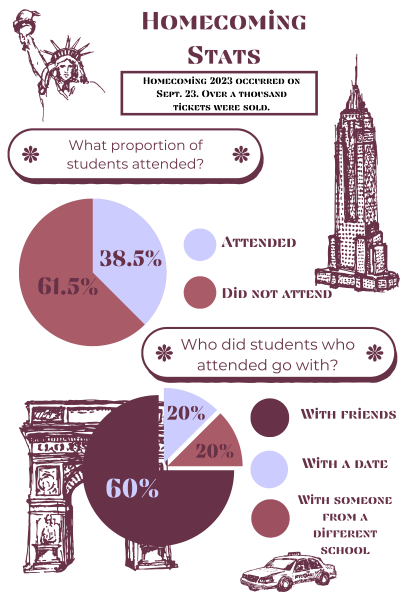New policy allows technology in classroom
‘BYOT’ amends previous school policy
(From Left) Brandon Rule (11) Carlos Villalobos (11) and Robert Londagin (11) use their smartphones for “smarts”. Perry High has a new “Bring Your Own Technology” agreement that allows students to use their technology for eductational purposes.
At the height of the digital age, students have been restricted from regularly using technology as a resource in the classroom. This school year, however, the Chandler Unified School District launched “Bring Your Own Technology” (BYOT). With BYOT, students may use technology in the classroom, if the teacher permits it, to add to their learning.
The student handbook states that, “the Chandler Unified School District views the use of electronic resources as central to the delivery of its educational program, and as such maintains the expectation that all students will use electronic resources as an essential part of their learning experiences.”
In the fast-pace manner of today, technology is a vital resource and has evolved into a necessity. To keep up with society students can now use this resource.
“The way things are going, you have to be technologically savvy,” Assistant Principal Joe Greene said. “This gives the students the chance to do anything that [they] need to do to help enhance the lesson.”
This gives the students the chance to do anything that [they] need to do to help enhance the lesson.
— Assistant principal, Joe Greene
To avoid distractions, teachers have the final say in technology use; they still have the right to take a phone away from a student using it without permission. According to the “Bring Your Own Technology” Responsible Use Agreement, appropriate in-class use includes researching, saving documents, and completing online class activities.
“The teacher has autonomy within their classroom to allow it or not allow it,” Greene said.
Many teachers now try to incorporate technology into their lessons. English teacher Beth Herbert, for example, allows students to use technology to research, check the class website, and take surveys and quizzes. Despite the new policy, Herbert has not seen much participation.
“Not very many kids are bringing the technology yet,” she said. Herbert hopes that students will begin to take advantage of the opportunity.
With this added freedom comes the possibility of abuse. Greene, however, is not concerned.
“That worry does not outweigh the benefit of them being able to use the technology,” he said.
While significant changes have not yet been noted with BYOT, the opportunity is available to students in many classes. BYOT is expected to give students an authentic experience in the classroom, nearly mimicking the resources people have in the fast development of the digital age.

Rachel Lattin joined the Precedent her sophomore year as a staff writer and was an A&E Editor junior year. Now a senior, she is a Co-Editor-in-Chief...







